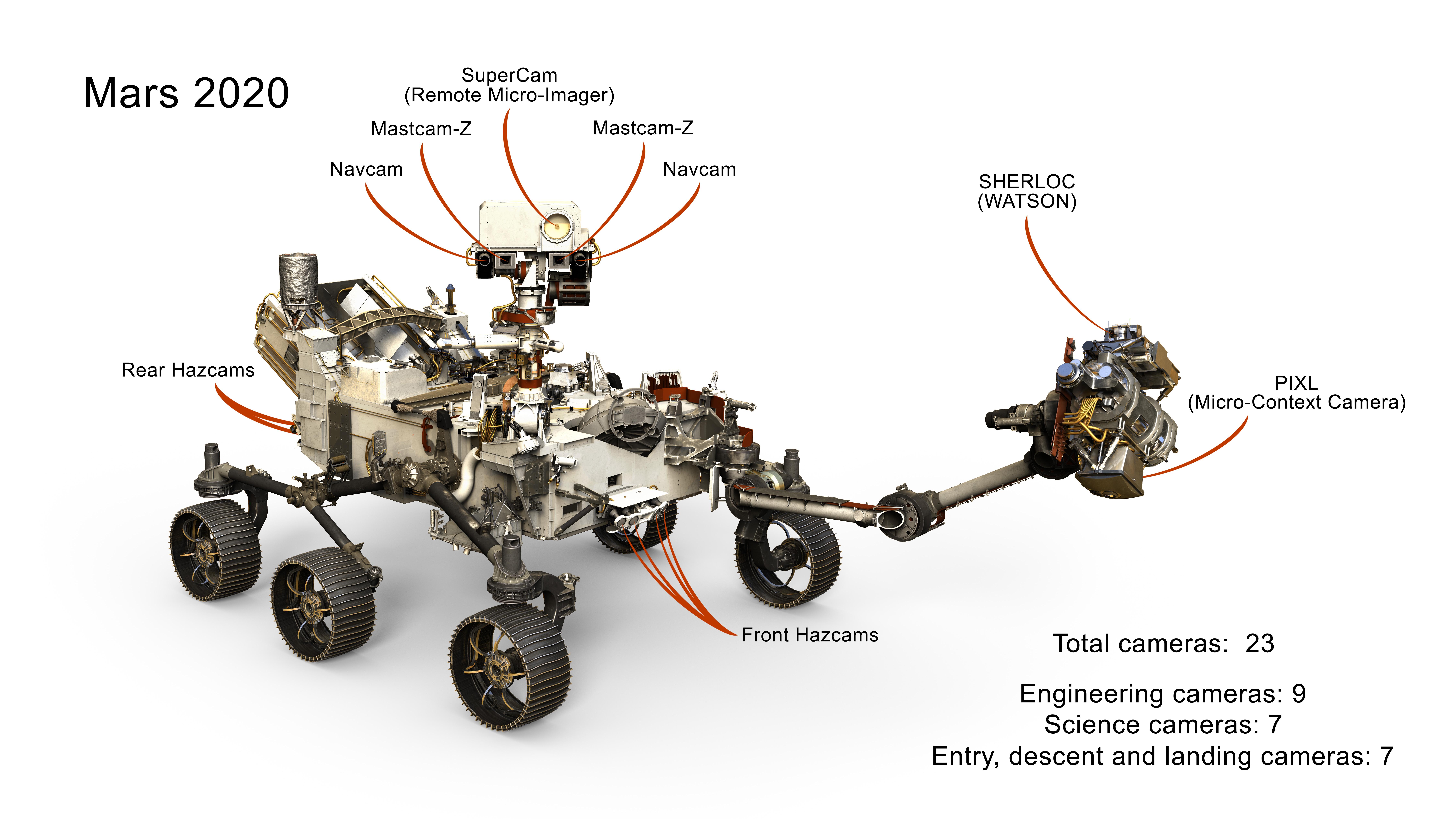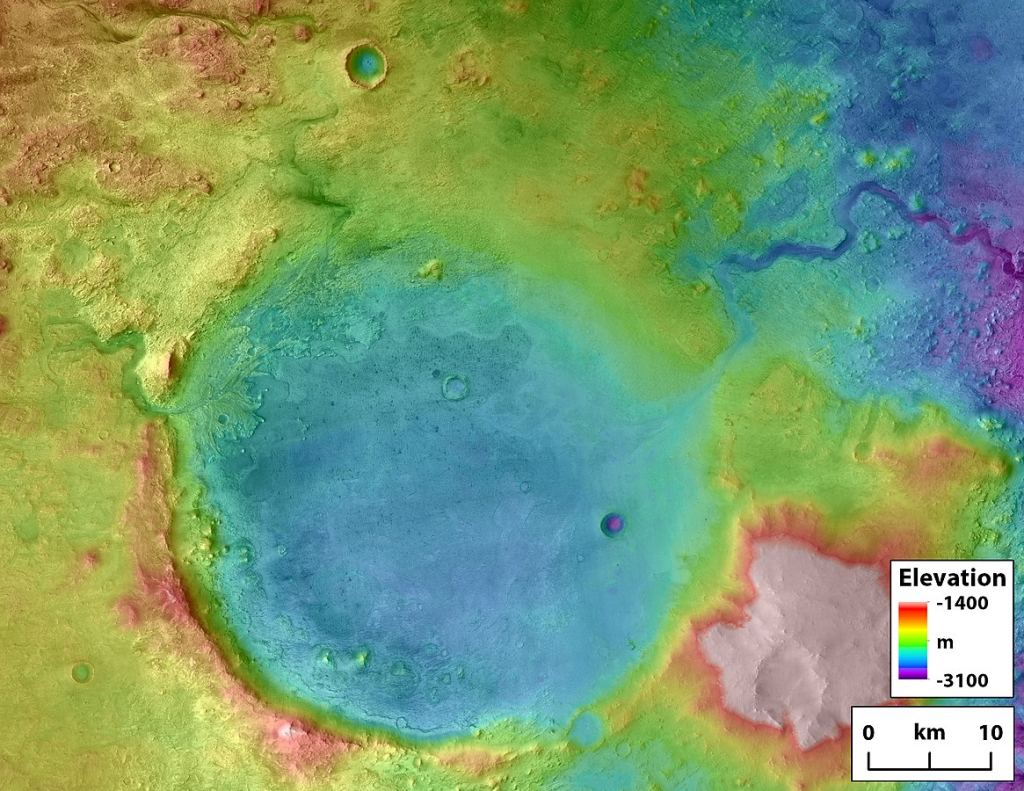A few months ago, I posted here about a proposed mission that would fly an eight-rotor copter in the atmosphere of Titan, Saturn’s largest moon. That mission has been given the go-ahead, but the complexities of designing, building, and testing such an advanced device, plus the great distance between Earth and Saturn, mean that Dragonfly won’t reach Titan until 2034. That’s a long time to wait!

https://www.universetoday.com/wp-content/uploads/2017/04/dragonfly.jpg
There is a spacecraft already built, however, scheduled to launch next summer and to reach its destination in February 2021. This helicopter doesn’t have as far to go, and it will fly in an atmosphere markedly different from Titan’s—that of the red planet Mars.

https://photojournal.jpl.nasa.gov/jpeg/PIA22460.jpg
The Mars Helicopter Scout (it has not yet acquired a less prosaic name) will hitch a ride on the Mars 2020 rover (equally unchristened), a successor to the Curiosity rover. You can read more about the rover here, and as its launch date draws near, I will likely post about its mission.

https://photojournal.jpl.nasa.gov/jpeg/PIA22103.jpg
The helicopter will be on the underside of the rover. At some point it will be detached and allowed to drop, the rover will back off 100 meters or so, and the copter will take its first flight. This is a “proof of concept” mission, so none of the flights will exceed 90 seconds or 300 meters round trip. The only real scientific instrument aboard is a camera.
There are some fairly stringent requirements for flying on Mars that weekend drone pilots don’t face. First of all, the Martian atmosphere is quite thin—equivalent to less than 1% of Earth’s sea-level pressure and what one experiences more than 100,000 feet above Earth’s surface. This means the copter must be very light—less than 2 kilograms, 4 pounds—its twin counter-rotating rotors quite large—1.2 meters (47 inches) in diameter—and the rotors must spin very fast—as high as 2900 revolutions per minute. On the other hand, the low surface gravity of Mars—38% that of Earth—works to the copter’s advantage.
The temperature on Mars is another difficulty. As Elton John told us long ago, it’s “cold as hell” (although that seems like the wrong analogy). The Mars Rover will land not too far north of the equator right around Martian spring equinox, when the noontime temperature may actually rise above freezing.

Jezero crater on Mars – ancient rivers (on the left) fed the crater; overflow flooding carved the outlet canyon (on the right). https://www.universetoday.com/wp-content/uploads/2019/05/1165px-NASA-Mars-JezeroCrater-20181116-1024×791.jpg
But that thin atmosphere (think about nights at altitude on Earth) means the temperature drops rapidly once the sun goes down. Nighttime temperatures can plunge to more than -200°F. The solar cells atop the copter must not only provide power for these 90-second flights, they must charge the batteries and provide enough warmth to protect them.
The testing of this craft under realistic conditions required a special vacuum chamber filled with simulated Martian atmosphere (mostly carbon dioxide at low Martian-like pressure), and a “gravity offset” device to mimic the low gravity. As you can see, it passed with “flying” colors!
When Dragonfly lands on Titan fifteen years from now, it will surely benefit from what we learn from its junior predecessor. Closer to home, there will very likely be larger copters flying on Mars in the 2020s. Just as the Mars Pathfinder rover was a technology demonstration leading to larger and more capable rovers, so the Mars Helicopter Scout will lead to more flights above the surface of the red planet.



Leave a Reply